Wednesday, June 18, 2025
Does Scheduling Posts Affect Engagement? The Real Story

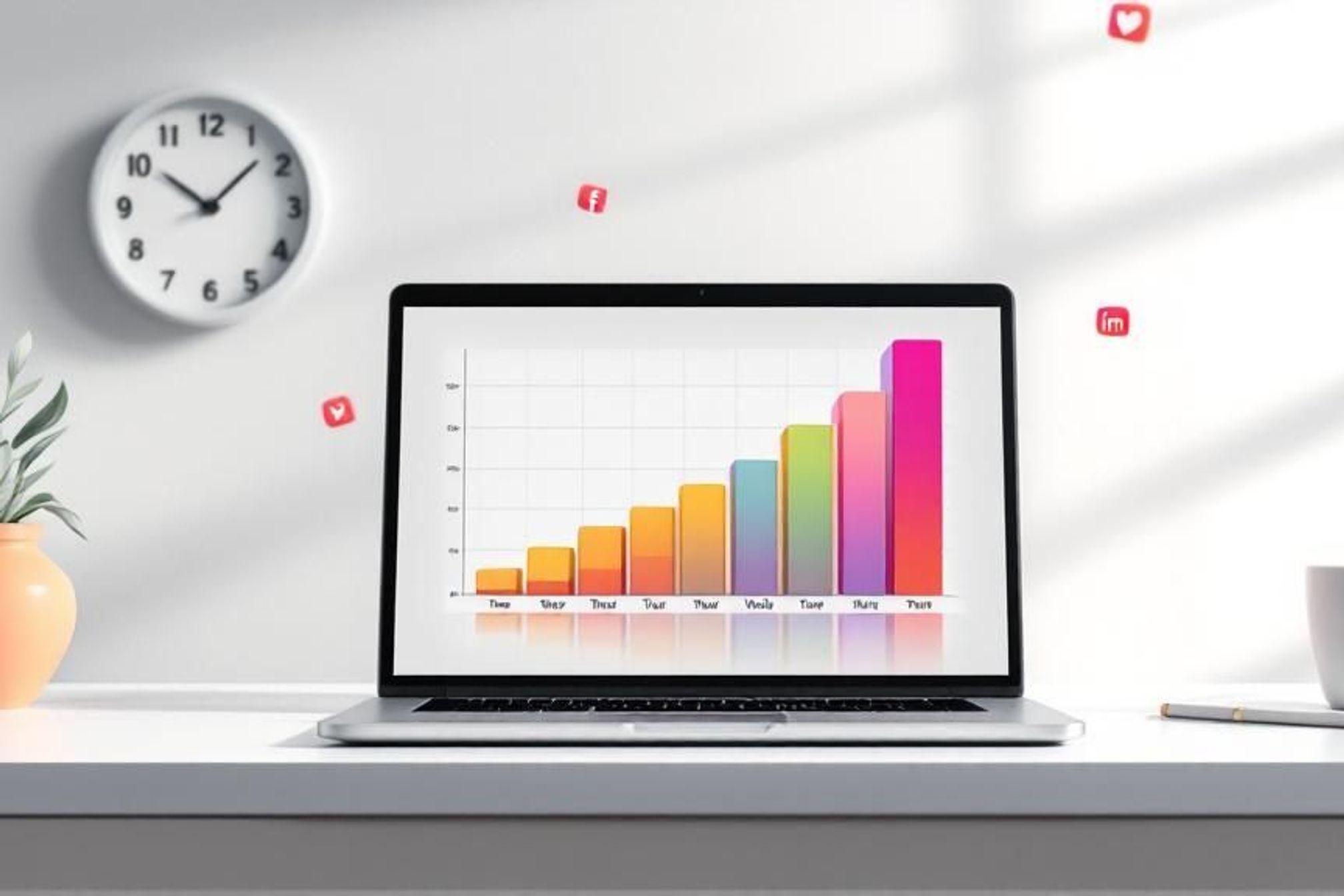
The Timing Truth: When Your Content Connects
Imagine your best content is a brilliant street performer. If they set up on a busy corner during the lunch rush, they’ll draw a huge, engaged crowd. But if that same performer plays their heart out at 3 a.m. on a deserted street, their talent goes unnoticed. This is precisely how timing works on social media. The answer to does scheduling posts affect engagement isn’t just yes or no; it’s about understanding that when you post is as crucial as what you post.
Why Timing Is Your Secret Weapon
Strategic timing isn't about trying to trick an algorithm; it's about aligning with human behavior. Your audience follows predictable daily rhythms. They scroll through feeds during their morning commute, take a digital break at lunch, and unwind with their phones in the evening.
Posting during these peak moments means you’re not just throwing content into the void. Instead, you're presenting it at the exact moment your audience is most receptive and likely to interact. This initial surge of likes, comments, and shares is a powerful signal to platform algorithms, telling them your content is valuable and worth showing to more people.
The impact of this strategic approach is clear in performance data, which shows a strong correlation between scheduling and higher engagement. This visual breaks down how scheduling aligns with better engagement and why an overwhelming majority of marketers have adopted this strategy.
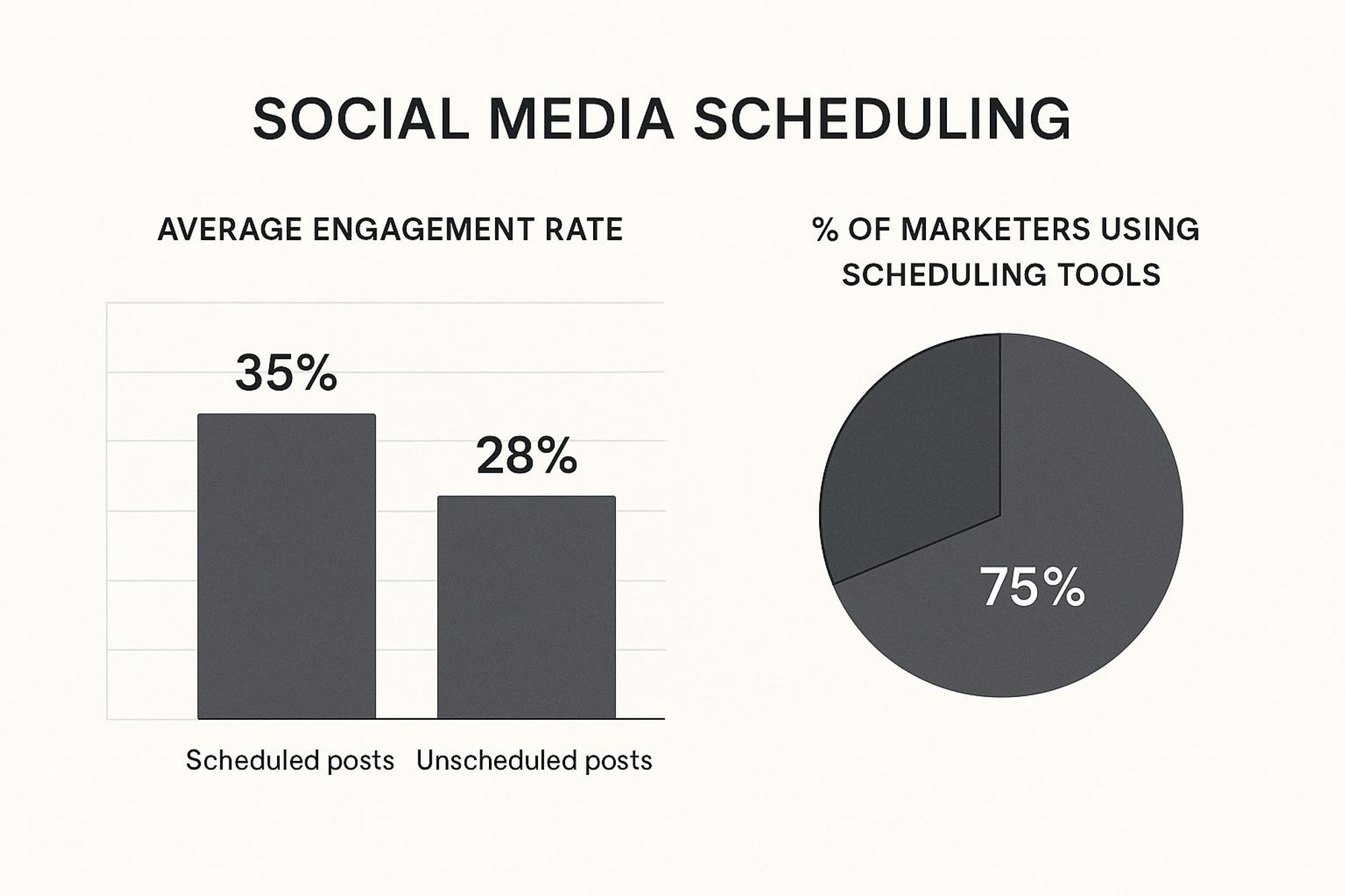
The data visualizes a key advantage: scheduled posts, which are often intentionally timed for peak activity, tend to outperform content posted spontaneously, reinforcing why it's a staple in modern content strategy.
Finding the ‘Golden Hours’ for Your Content
While every audience has its own unique rhythm, broad patterns provide an excellent starting point for any content strategy. To give you a clearer picture, here’s a breakdown of the typical peak engagement times across the major social networks. These are general guidelines, but they provide a solid foundation for building your schedule.
Platform-Specific Optimal Posting Times
Comparison of peak engagement hours across major social media platforms
| Platform | Peak Engagement Time | Secondary Peak | Engagement Boost % |
|---|---|---|---|
| 9 a.m. - 1 p.m. (Weekdays) | 5 p.m. (After Work) | ~18% | |
| 11 a.m. - 1 p.m. (Weekdays) | 7 p.m. - 9 p.m. (Evening) | ~22% | |
| 10 a.m. - 12 p.m. (Tue-Thu) | 3 p.m. (End of Day) | ~20% | |
| TikTok | 3 p.m. - 7 p.m. (Weekdays) | 8 p.m. - 10 p.m. (Late Evening) | ~25% |
As you can see, a one-size-fits-all approach doesn't work. Posting professional updates on LinkedIn at 9 p.m. won't get you the same results as posting a fun video on TikTok at that time. Tailoring your schedule to each platform is key.
Recent analyses reveal that the best overall times to post are often between 10 a.m. and 1 p.m. on weekdays, especially Monday through Thursday. Posting during these optimal times versus off-peak hours can result in over 20% higher impressions, demonstrating a direct link between timing and visibility. You can discover more insights in the full 2025 report.
These general timeframes are a powerful guide, but true mastery comes from digging deeper into your specific audience's habits and demographics. A community of night owls will have a completely different activity pattern than one composed of early-rising professionals. To learn more about how audience demographics affect engagement, you can read about strategies to increase social media engagement. By analyzing your own data, you move from generic advice to a personalized, highly effective posting schedule. This transforms scheduling from a simple convenience into a powerful tool for connection.
Cracking The Algorithm Code: How Timing Triggers Visibility
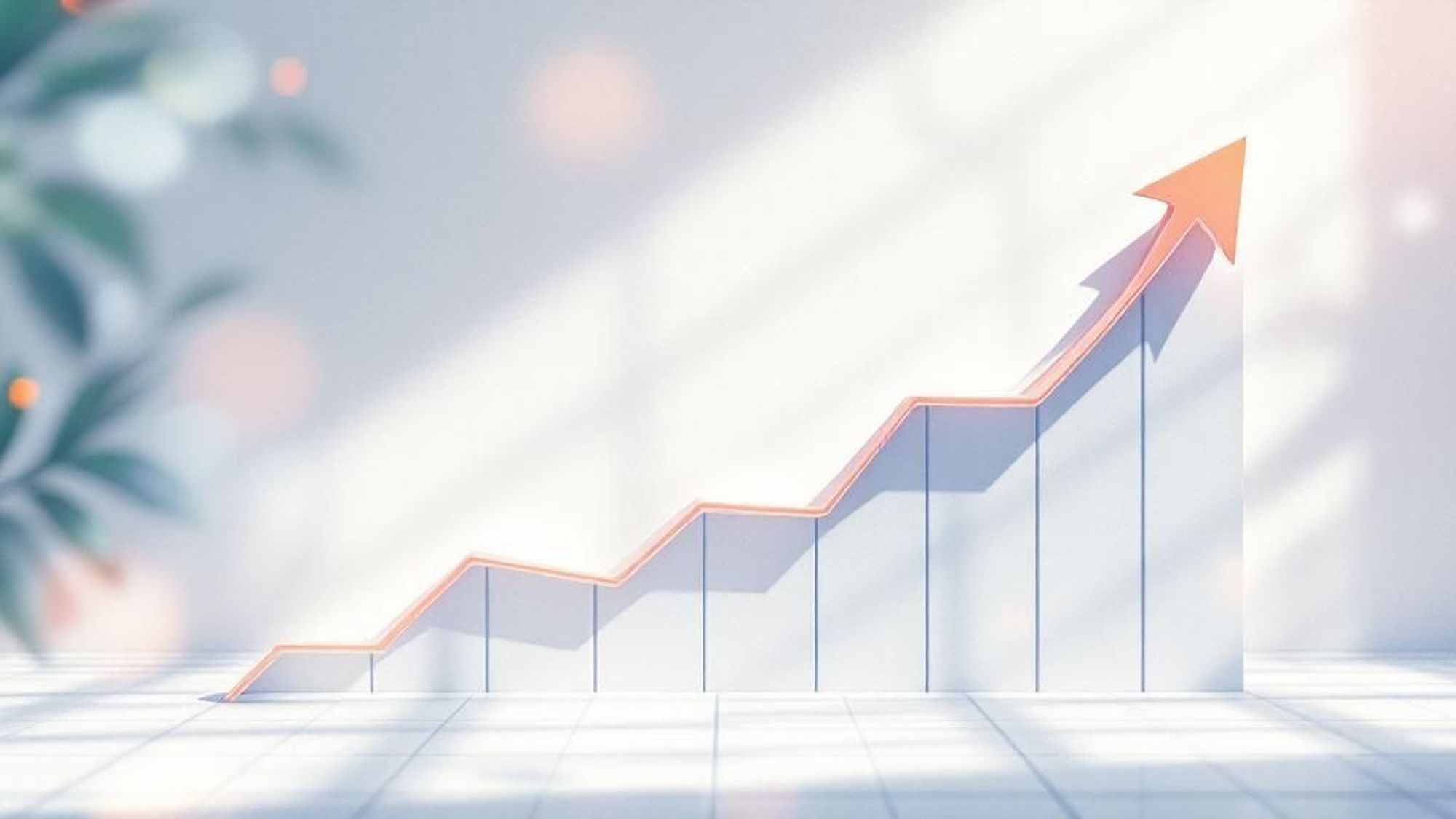
Think of social media algorithms as digital gatekeepers. Their job is to decide which content gets seen and which gets buried. One of the most important signals they look for is timing. When you share a post while your audience is most active, you’re doing more than just reaching a few extra people—you’re setting off a chain reaction that boosts your visibility.
The First Hour: Your Content’s Golden Window
The first 60 minutes after you post are the most important. Social media platforms use this initial period as a litmus test. A quick flurry of likes, comments, and shares sends a powerful message to the algorithm: "People are interested in this content. Show it to more of them." This early feedback can cause your post’s reach to grow quickly.
This idea holds true across different social networks. Instagram's algorithm gives priority to posts that get immediate interaction. On TikTok, a rush of early engagement can launch a video onto the highly visible "For You Page." Even on a professional platform like LinkedIn, posts that create instant conversation are shown to a much wider audience. Each platform has its own rhythm, which is why it's so important to know everything from the optimal time to tweet to when an article will perform best.
How Content Format And Timing Work Together
The connection between timing and engagement is especially clear with high-performing formats like video. Data shows that video content is naturally more interactive. For example, Instagram posts with videos get 49% more engagement, and on LinkedIn, they receive 5 times more engagement than other types of content. But this advantage is lost without good timing.
Scheduling a video during peak hours greatly improves its odds of getting the immediate feedback needed for the algorithm to pick it up. A video posted at noon might see 30% more likes and comments than the same video shared at 5 p.m. You can explore more 2025 social media statistics to see just how much timing matters.
Imagine you have two identical posts. Post A goes live at 11 a.m., just as your audience is taking a lunch break and scrolling through their feeds. It quickly picks up comments and shares. The algorithm sees this activity and promotes it. Post B, containing the same great content, is published at 11 p.m. when most of your audience is offline. It gets almost no interaction and fades into obscurity. The only thing that changed was the timing.
By understanding this relationship, you can stop working against the algorithm and start making it work for you. Strategic scheduling directly answers the question of does scheduling posts affect engagement by turning visibility into a predictable result instead of a shot in the dark.
Platform Personalities: Reading Each Network's Rhythm
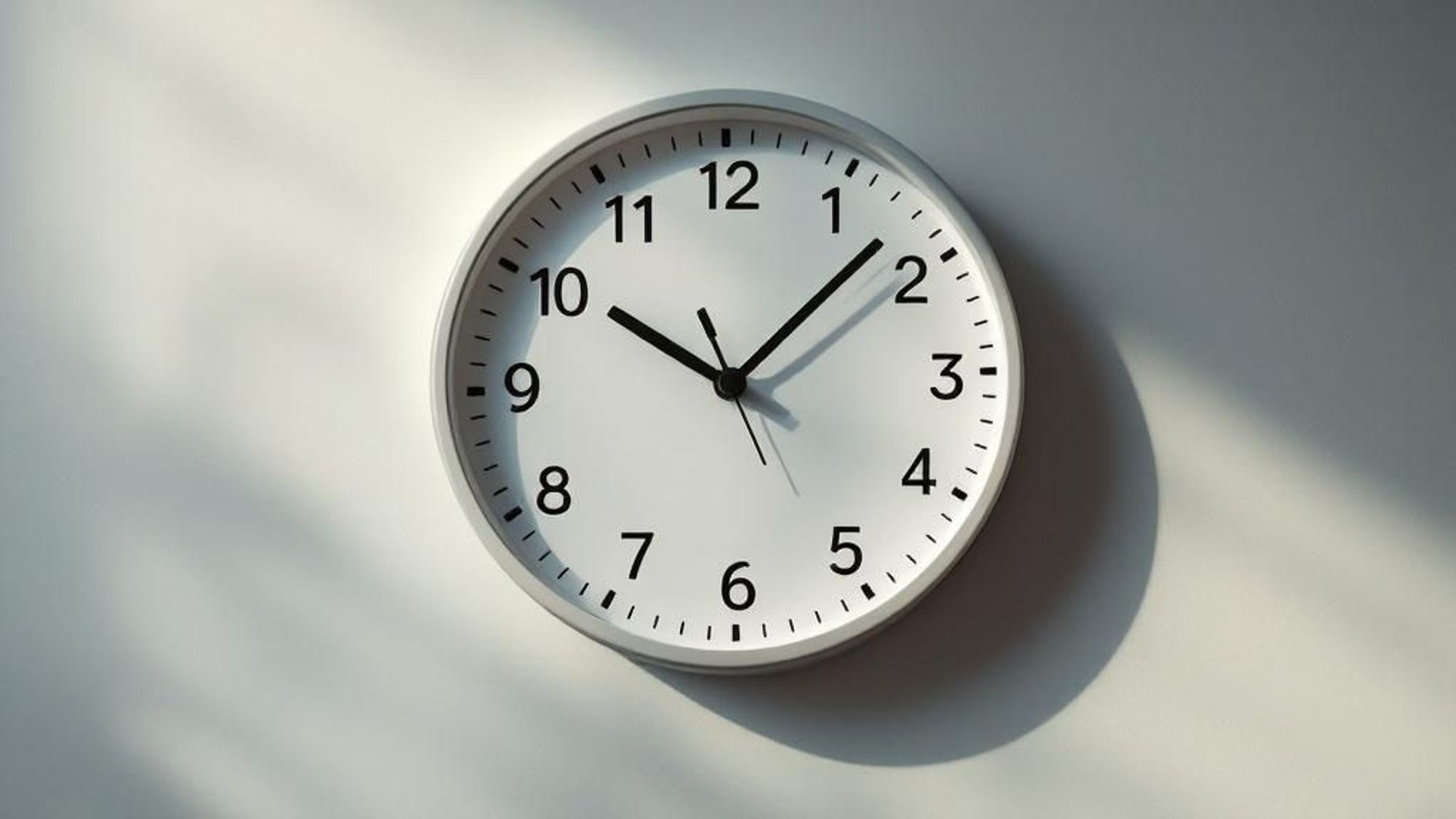
A great way to approach social media is to think of each platform as a friend with a unique personality. Your professional and ambitious friend (LinkedIn) is most responsive during the workday, while your creative, pop-culture-obsessed friend (TikTok) is ready to hang out in the evenings. Each network moves to its own beat, and figuring out how scheduling posts affects engagement means learning to listen to their individual rhythms.
Tailoring Your Schedule to Each Platform’s Vibe
Using the same schedule across all platforms is a surefire way to miss your audience. The mindset of a user changes dramatically from one app to the next, which directly influences when they are most likely to engage with your content.
- LinkedIn: Think of this as the world’s largest digital office. People are here for professional development, industry news, and career opportunities. Unsurprisingly, engagement is highest during business hours, with peaks mid-morning and during the lunch hour on weekdays. Posting an in-depth article at 9 p.m. on a Saturday is like trying to pitch a business idea after the office has closed for the weekend.
- Twitter (X): The pace here is incredibly fast, driven by a constant stream of real-time events, news, and conversations. While there are general peak times, the best moments to post are often tied to what's currently trending. A successful schedule on X (formerly Twitter) requires you to be agile and ready to join a conversation as it unfolds.
The difference between these two alone shows why a uniform scheduling strategy falls short. The focused, professional environment of LinkedIn requires a completely different timing approach than the fast-paced, reactive nature of X.
Contrasting Rhythms: Instagram vs. TikTok
Nowhere are these personality differences clearer than between Instagram and TikTok. Both are visual-first platforms, yet their user behaviors couldn't be more distinct. Recent data on engagement shows just how much scheduling and content format matter on each. For example, Instagram's average engagement rate has leveled out at around 0.50%, making precise timing crucial for getting seen in a busy feed.
TikTok, on the other hand, boasts a much healthier average engagement rate of 2.50%. Its algorithm is built to reward fresh, timely content that captures immediate attention. When you schedule a post during a period of high user activity—usually from late morning to early evening—you feed the algorithm exactly what it wants. This initial surge of interaction often triggers a wider distribution, keeping your video in circulation long after you’ve posted it. Explore the latest social media benchmarks here to see more data.
To put these differences into perspective, here is a breakdown of how each major platform performs.
Platform Engagement Rate Comparison
Current engagement benchmarks and optimal scheduling impact across social platforms
| Platform | Average Engagement Rate | Peak Time Impact | Content Type Performance |
|---|---|---|---|
| TikTok | 2.50% | Very High | Authentic, trending short-form videos |
| ~0.60% | High (Weekdays) | Articles, career advice, company news | |
| 0.50% | High | High-quality Reels, carousels, and stories | |
| Twitter (X) | ~0.04% | Very High (Event-driven) | Real-time updates, text posts, memes |
| Varies (Metric differs) | Low (Consistency matters more) | Evergreen how-to guides, infographics, visuals |
This table makes it clear that success isn't just about picking a time. The platform, the expected engagement, and the type of content you create are all deeply connected.
The Evergreen World of Pinterest
Then you have Pinterest, which operates on a completely different model. It’s less of a real-time social feed and more of a visual search engine where users plan for the future. People come here to find inspiration for home renovations, gather recipes for the week, or plan their next vacation.
Because of this forward-looking behavior, content on Pinterest has an exceptionally long life. While there are generally good times to post (evenings and weekends are popular for planning), the real strategy is consistency over time, not hitting a narrow hourly window. An effective Pinterest schedule is a slow burn, focused on building a rich library of helpful, evergreen content that people can discover for months or even years to come.
Recognizing these distinct platform personalities is the first and most important step toward creating a scheduling strategy that actually works.
Content Format Timing: When Different Posts Peak
Not all content gets the same reaction, and your audience isn't in the same mood to consume it all day. Believing every post performs best at 11 a.m. is like packing only a swimsuit for a mountain climbing trip—you’re not prepared for the environment. A smart scheduling strategy knows that different content types have unique peak engagement times, all based on user mindset and daily habits.
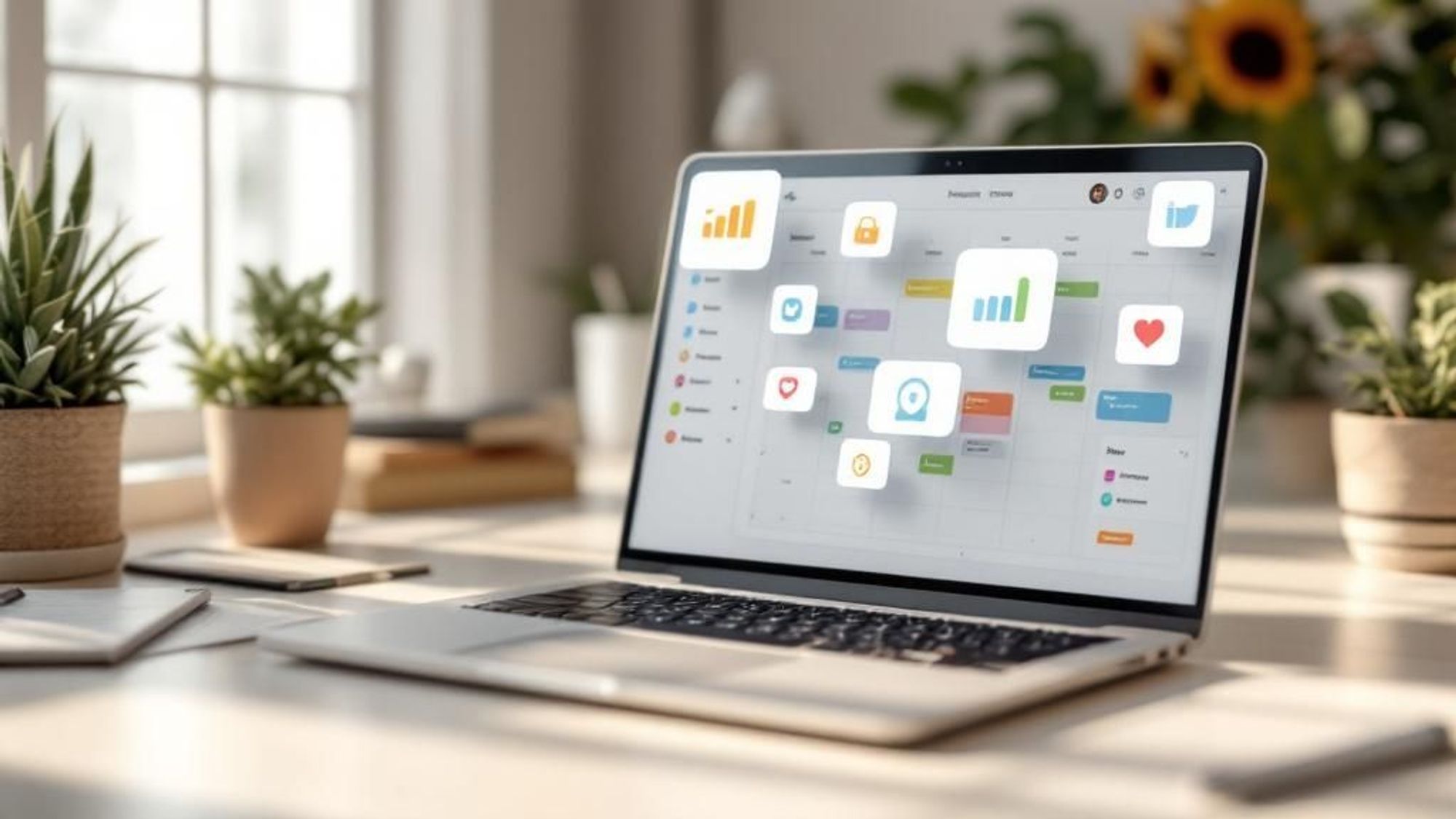
Matching Content to Audience Mindset
The trick is to sync the attention span a post requires with your audience’s daily rhythm. A quick, punchy image is perfect for the morning commute when people are scrolling fast. On the other hand, a detailed 10-minute tutorial video requires more focus, making it a much better fit for a lunch break or a relaxing evening on the couch.
This is where we get a clear answer to does scheduling posts affect engagement? It’s not just about when people are online, but what they’re ready to engage with. If you ignore this, your high-effort video will get scrolled past in the morning chaos, and your simple meme might not land with impact during prime time. Aligning your post format with your audience's mindset is key to grabbing their attention.
A Format-Specific Timing Guide
To get the most out of each post, think about these format-specific windows. Use them as a starting point, but always test to see what clicks with your community.
- Videos and Live Streams: This content requires a real time commitment. Schedule it for lunch breaks (12 p.m. to 2 p.m.) or after-work hours (7 p.m. to 9 p.m.) when viewers can settle in and watch without distraction.
- Carousels and Infographics: These posts ask for a bit more interaction than a single photo, so they shine mid-morning (10 a.m. to 12 p.m.) when people have more focus. To boost your sales, it helps to understand how each platform works. For example, brands that want to sell on Instagram with Shopify should time their carousels for when users are ready to browse and discover new products.
- Single Images and Memes: These are built for fast scrolling. They do exceptionally well during quick checks like the morning commute (8 a.m. to 10 a.m.) and the mid-afternoon slump.
- Text-Based Updates: Short updates and links, especially on platforms like X (formerly Twitter), are all about timing. To get this right, you can follow our guide on the best time to post on X Twitter to make sure these brief but important posts land at the right moment.
When you adjust your schedule to the format, you meet your audience exactly where they are, giving every piece of content its best chance to succeed.
Becoming an Audience Detective: Reading Your Community
Generic advice on the "best time to post" is a decent starting point, but it's like using a world map to find a specific coffee shop. To truly figure out if scheduling posts affects engagement for your brand, you need to stop guessing and start investigating. It's time to become an audience detective.
Your mission is to trade broad assumptions for hard evidence found in your own data. This is what turns scheduling from a simple chore into a powerful strategy. Think of your analytics dashboard as your detective’s toolkit—it’s full of clues telling you exactly when your community is most active and ready to chat.
Uncovering Clues in Your Platform Analytics
Your first lead is almost always hiding in plain sight. Most business or creator accounts on platforms like Instagram, Facebook, and X (formerly Twitter) offer a wealth of data. The most valuable piece of evidence is usually a chart showing your followers' most active hours for each day of the week. This isn't a guess; it's a factual report of when your audience is scrolling.
Don't just give it a quick look. Dig into these patterns. Is there a sharp spike at 8 a.m.? That’s likely your audience checking their feeds on their morning commute. A long stretch of activity from 12 p.m. to 2 p.m. is a classic sign of the lunch-break crowd. A big peak in the evening tells you people are relaxing on their couches. These patterns tell the story of your audience's day, showing you the perfect moments to post.
Thinking Globally: Time Zone Clusters
Here’s a common mistake: assuming everyone in your audience lives in your time zone. If your analytics show you have followers in London, New York, and Sydney, posting only at 11 a.m. EST means you’re consistently ignoring a huge part of your community. Your next step as a detective is to check your audience demographics for their geographic location.
Find your top three to five city or country clusters. This information helps you build a much smarter schedule.
- Post your most important content several times to hit the peak hours in each major time zone.
- Schedule interactive content, like polls or Q&As, for when your most engaged geographic segment is most likely to be online.
This process turns scheduling into a strategic tool. It's a constant cycle of observing, testing, and adjusting that is essential if you want to improve your social media engagement. As your community grows, so will their habits—and a great detective is always ready for a new clue.
Advanced Timing Mastery: Beyond Basic Scheduling
Once you’ve figured out your audience's peak active hours, you've only scratched the surface. To truly stand out, you need to think beyond simple scheduling. This is where you can use timing not just for convenience, but as a strategic tool to build momentum and create engagement that echoes across all your social platforms.
Content Sequencing for Momentum
Stop thinking of your posts as individual, isolated updates. Instead, view your weekly content as episodes in a mini-series. Content sequencing is the practice of planning the order of your posts to build a narrative and generate anticipation.
Imagine you have a big announcement. You could post a cryptic image on Monday to create mystery, share a behind-the-scenes carousel on Wednesday, and then drop the full reveal on Friday. This builds a story that keeps your audience invested and coming back for more. This kind of planning requires organization, and using a professional Content Calendar for Social Media is crucial to make sure each piece of the puzzle falls into place perfectly.
Synchronizing Your Social Ecosystem
The real magic happens when you coordinate your timing across different platforms. For example, you could post a teaser for a new YouTube video on X (formerly Twitter) in the morning and then share some outtakes in an Instagram Story around lunchtime. This creates an engagement cascade, where the buzz from one platform fuels excitement on another.
It’s like setting up a line of dominoes. A well-timed push on one can set off a chain reaction, boosting your visibility everywhere. This method is incredibly effective for starting conversations and is a core part of building strong community engagement on social media. The question of does scheduling posts affect engagement shifts from a single post's performance to the impact of an entire, synchronized campaign.
Adapting to Trends and Seasons
Finally, an advanced schedule is never a "set it and forget it" plan. Your strategy needs to be flexible enough to react to both long-term and short-term shifts in your audience's attention.
- Seasonal Adjustments: People's daily routines change throughout the year. Summer holidays, back-to-school season, and major winter festivities all impact when your audience is online. You need to adjust your posting times to meet them where they are.
- Real-Time Opportunities: While a schedule provides a strong foundation, always leave room for spontaneity. When a topic suddenly trends or a meme goes viral, manually inserting a relevant post can catch a huge wave of attention. This proves that a hybrid approach—combining scheduled structure with real-time reactions—is often the most effective.
Measuring What Matters: Tracking Your Timing Success
Posting on a schedule is a great first step, but how do you know if it's actually working? The most effective creators don't just post and hope for the best; they measure their results to understand what clicks with their audience. Relying on guesswork is like flying blind, while using data helps you make smart decisions that lead to steady growth and a stronger community.
Beyond Vanity Metrics: What to Actually Track
It’s tempting to obsess over likes and follower counts, but these are often just vanity metrics. They might look impressive, but they don't reveal the true health of your engagement strategy. Think of it like this: a car can have a great paint job, but that tells you nothing about the engine. To get the real story, you need to look under the hood at the metrics that show genuine interest.
Focus on these key indicators to see what’s really happening:
- Engagement Rate per Reach: This metric is your truth-teller. It measures the percentage of people who saw your post and then took an action. It's a much more honest look at performance than a simple engagement rate.
- First-Hour Velocity: Pay close attention to how many likes and comments your post gets within the first 60 minutes. A strong start signals to the platform’s algorithm that your content is interesting, giving it an extra push.
- Shares and Saves: These actions are signs of high-quality content. When someone shares your post, they’re personally recommending it to their network. When they save it, they see it as a valuable resource they want to return to later.
Building Your Performance Tracking Framework
To make sense of all this information, you need a simple system. You can start with a basic spreadsheet or use the built-in analytics from a professional scheduling tool. The goal is to create a log that helps you spot patterns over time.
For every post, make a note of these details:
- Day of the Week
- Posting Time
- Content Format (e.g., video, carousel, image)
- Key Metrics (Reach, First-Hour Comments, Shares, Saves)
After just a few weeks, clear trends will start to appear. You might discover that your videos get the most traction on Thursday evenings or that quick tips perform best on Monday mornings. This is the kind of specific information you need to fine-tune your schedule for maximum impact. While tracking this by hand is possible, many social media management tools can automate this work, presenting the data on easy-to-read dashboards that give you clear directions.
This cycle of testing, measuring, and adjusting is what builds a successful presence. It’s time to stop guessing and start making decisions based on what your audience actually wants.
Ready to track what truly matters? Schedul provides the analytics you need to perfect your posting schedule. Start your free trial today and turn insights into engagement.
No credit card required!